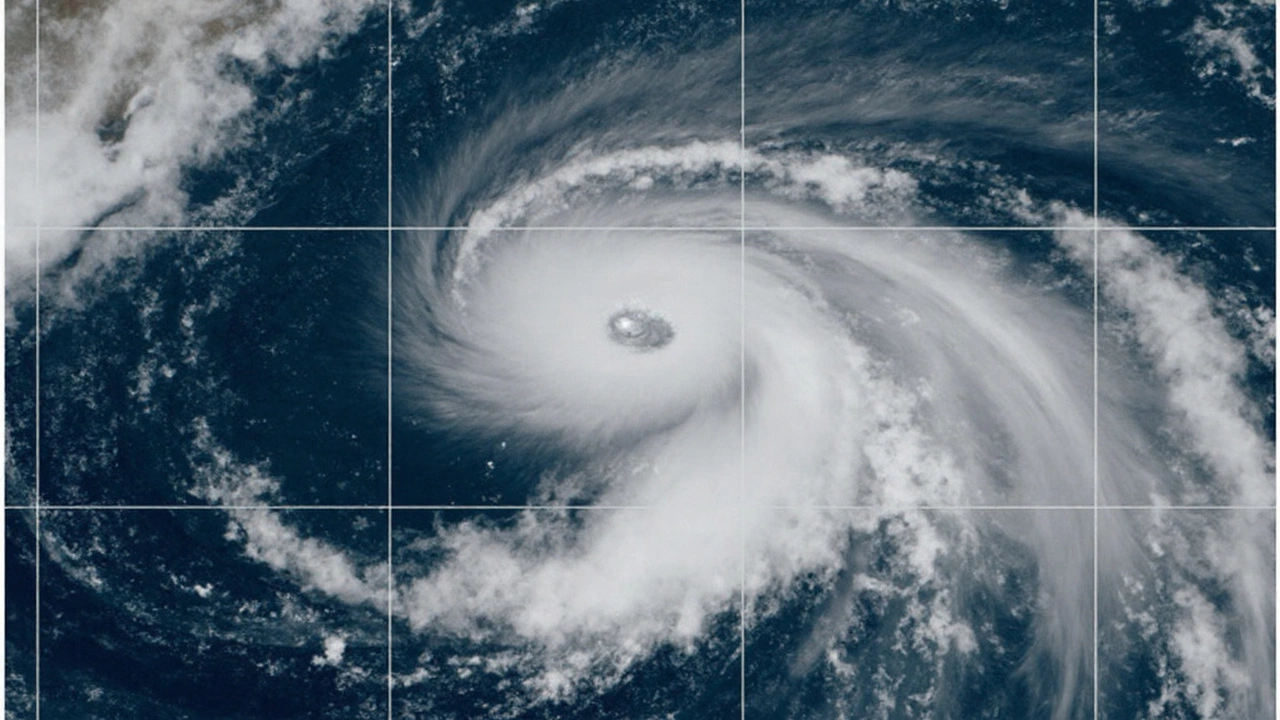What a Category 4 Hurricane Means for You and Your Car
Category 4 hurricanes pack winds between 130 and 156 mph. That speed can rip roofs off, flip trucks, and flood streets in minutes. Knowing the danger level helps you make smarter choices before the storm hits.
Understanding Category 4 Hurricanes
These storms are measured on the Saffir‑Simpson scale. A Category 4 isn’t just strong wind – it also brings a massive storm surge, heavy rain, and tornado‑like gusts. The surge can push several feet of water inland, washing out roads and flooding basements. Rainfall totals often exceed 10 inches, turning city streets into rivers.
Because the damage is so severe, insurance companies treat Category 4 events differently. You’ll likely need a higher deductible for wind damage, and some policies won’t cover flood damage unless you have separate flood insurance. Knowing your coverage before the storm can save a lot of headaches later.
Preparing Your Car and Home
First, move any vehicles out of low‑lying areas. If you have a garage, park inside; if not, find higher ground or a sturdy shelter. Cover your car with a waterproof, breathable car cover – it shields paint and prevents salt from getting into locks.
Next, stock an emergency kit. Include a portable jump starter, extra tire pressure gauge, and a small container of gasoline (if local laws allow). Don’t forget a flashlight, batteries, bottled water, and non‑perishable food for at least 72 hours.Secure your home by boarding up windows or installing hurricane shutters. Trim trees and bushes that could become projectiles. Check your roof for loose shingles and reinforce any weak spots. If you have a generator, place it outside with proper ventilation to avoid carbon monoxide poisoning.
When the warning is issued, charge all phones, power banks, and laptops. Download offline maps of your area – GPS can fail once the power goes out. Let a neighbor know your plans, so someone can check on you if you lose power.
During the storm, stay indoors, away from windows, and keep pets inside. If you hear a loud bang or see a sudden drop in pressure, it could be a tornado that sometimes forms within hurricanes; move to a small interior room or a storm shelter.
After the wind calms, be cautious. Look for downed power lines before stepping outside, and avoid driving through flooded roads. Even a foot of water can stall an engine or push a car off the road. If you must drive, take it slow, use low gears, and keep a safe distance from other vehicles.
Finally, document any damage with photos for insurance claims. Keep receipts for repairs and temporary lodging. Most insurers need proof within a certain time frame, so don’t delay.
Category 4 hurricanes are fierce, but a little preparation goes a long way. By protecting your car, securing your home, and having a solid emergency plan, you’ll reduce stress and recover faster when the storm finally passes.
Hurricane Gabrielle Explodes to Category 4 as New Atlantic Storms Brew
- Thomas O'Reilly
- Sep 24 2025
- 0 Comments
The storm surged to Category 4 strength with 140‑mph winds east‑southeast of Bermuda after a rapid intensification phase. Originating from an African tropical wave, it has maintained its power while heading east‑northeast. Forecasters also note two fresh tropical disturbances forming behind it, raising U.S. landfall concerns as October nears.
View More
